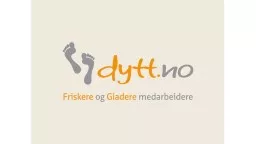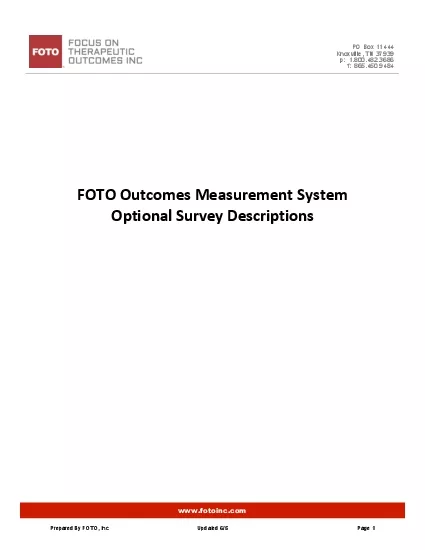PPT-Using FOTO
Author : jane-oiler | Published Date : 2016-11-15
Data and Peer Review to Optimize Patient Care Julie Collins MA OTRL April 6 2014 Notforprofit faithbased health system West Ohio Conference of United Methodist
Presentation Embed Code
Download Presentation
Download Presentation The PPT/PDF document "Using FOTO" is the property of its rightful owner. Permission is granted to download and print the materials on this website for personal, non-commercial use only, and to display it on your personal computer provided you do not modify the materials and that you retain all copyright notices contained in the materials. By downloading content from our website, you accept the terms of this agreement.
Using FOTO: Transcript
Download Rules Of Document
"Using FOTO"The content belongs to its owner. You may download and print it for personal use, without modification, and keep all copyright notices. By downloading, you agree to these terms.
Related Documents














